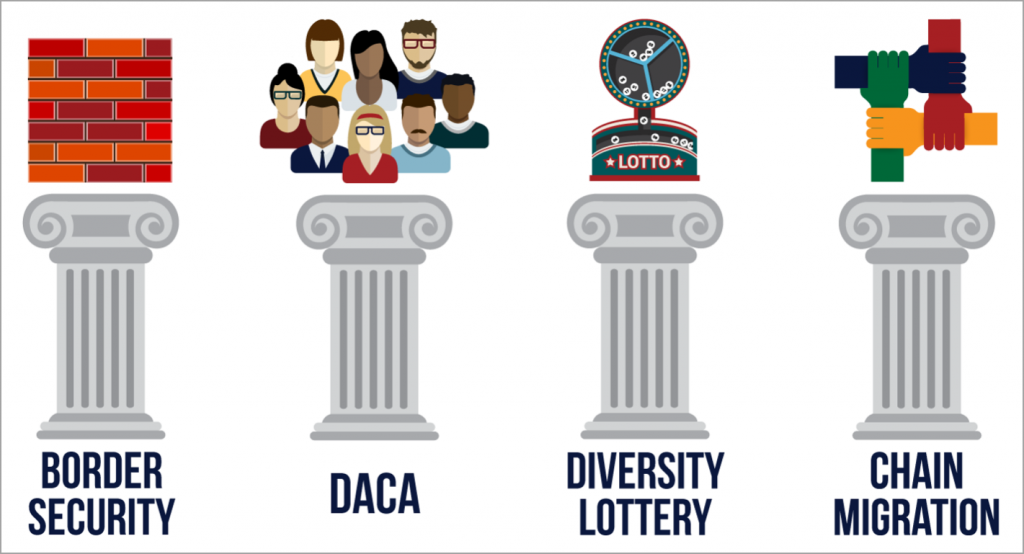BREAKING NEWS, followed by retractions and clarifications is occurring more frequently as the news cycle gets faster and the competition to be first gets greater.
Studies have shown that speed and accuracy often have an inversely proportional relationship. This speed-accuracy trade-off presents itself in many aspects of our daily lives, from the news networks reporting election results and world events, officials and umpires reviewing instant replays, to parking a car on a busy street.
The speed-accuracy trade-off applies to business decision-making as well. Organizations that are overly focused on accuracy and slow to make decisions lose opportunities, incur inefficiencies and suffer morale issues. Conversely,
Here are 7 ways to help your organization accelerate its decision-making cadence:

#1 – Establish and Follow a Defined Process
Good leaders define, document, and publish their process for making decisions – particularly those of a recurring nature. By demystifying how decisions are made, the organization can better align its work so that it can feed into the decision-making process. Eliminating the “decision swirl” that comes when a decision process is unknown will enable decisions to flow faster.
#2 – Use a Decision Model for Complex, Multi-Criteria Decisions
When needing to make complex multi-criteria decisions (e.g., budget formulation), you should use a decision model, which includes a goal and weighted criteria. A decision model will provide a structure for evaluating alternatives and a basis for making the decision. Using a structured approach may start slower, but it will finish faster.
#3 – Know the Point of Inflection
Recalling those old math classes, the point of inflection is that point on a curve at which it changes from being concave to convex, or vice versa. In business terms, this is when a situation incurs a significant change or turning point. This occurs when the window of opportunity closes and the ideal time to decide has passed. Decisions should be approached with an understanding of when the decision needs to be made. Having a sense of urgency will speed decision-making.
#4 – Embrace the “Cone of Uncertainty”
Developing large and detailed business cases at the outset can take an extensive amount of time and effort and be highly inaccurate. An alternative approach is to use progressive elaboration, a technique for periodically improving the accuracy of a business case as more information becomes available. By updating a business case at predetermined checkpoints, the “cone of uncertainty” surrounding the cost and benefit estimates becomes smaller, much like predicting the path of a hurricane. This technique saves time and money.
#5 – Use Rules of Thumb to Verify Cost and Benefit Estimates
Rules of thumb, typically expressed in percentages, are general rules, norms, or benchmarks that are widely used as a basis for comparing estimates. Rules of thumb comparisons should be used to verify, not create, the cost and benefit estimates. By using rules of thumb, your organization can more quickly gain confidence in the business case and make a faster decision.
#6 – Don’t Make Big, One-Time Decisions
Making big, one-time decisions can be slow and risky. An alternative philosophy is to develop and execute strategy using a series of partial, incremental commitments. This allows organizations to: make faster, smaller, and less risky investment decisions; evaluate them periodically; and take tactical steps towards achieving a strategic goal. This philosophy can reduce risk and enable faster decisions.
#7 – Don’t Wait until Everyone Can Get in the Same Room
With telecommuting having doubled over the last decade, decision-making needs to accommodate the distributed and mobile workforce. Holding off on making decisions until everyone can be in the same room can have an impact on team productivity and morale, and result in lost opportunities. With a wide range of communication and group decision support tools available, decisions should continue to flow quickly.
—
These 7 ways to make high velocity decisions yield the greatest benefit when they are applied in combination. With executive leadership, the risk associated with the speed-accuracy trade-off can be managed, and high velocity decision-making can become your competitive advantage. Make high velocity decision-making your next high velocity decision.
© 2018 Definitive Business Solutions. All Rights Reserved.
John Sammarco has thirty-five years of experience leading, managing, and consulting to top public and private sector organizations, and has over twenty years of experience in facilitating complex group decisions. John founded Definitive Business Solutions in 2003, which provides world-class group decision-making solutions to increase efficiency, boost ROI, and reduce risk associated with business and technology investments. In 2016, John developed Definitive Pro™, which helps groups build consensus and make multi-criteria decisions.
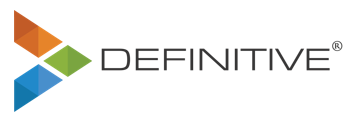


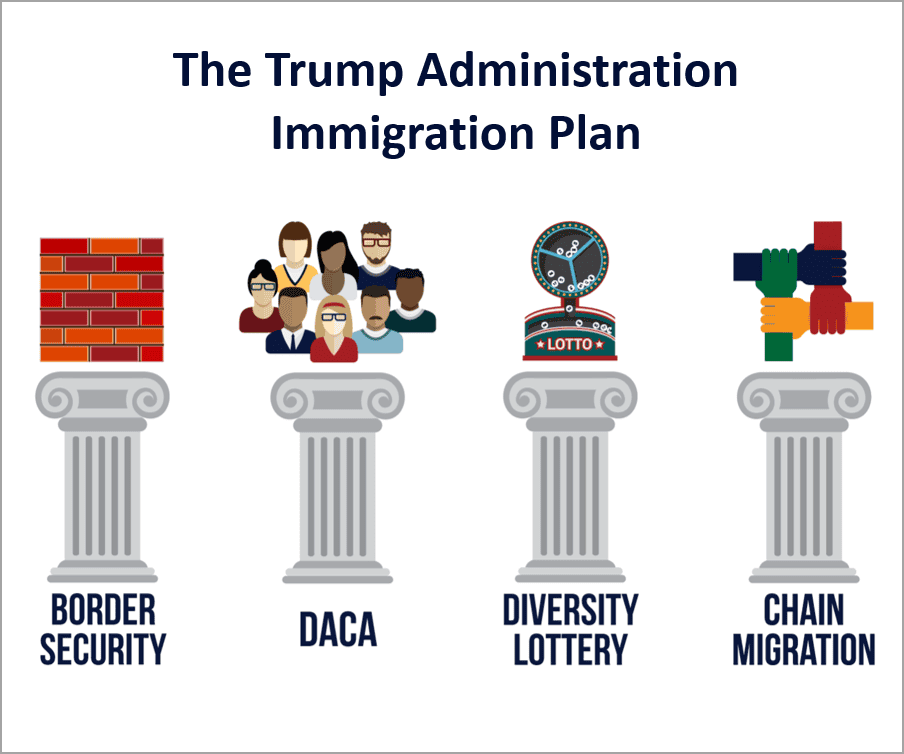
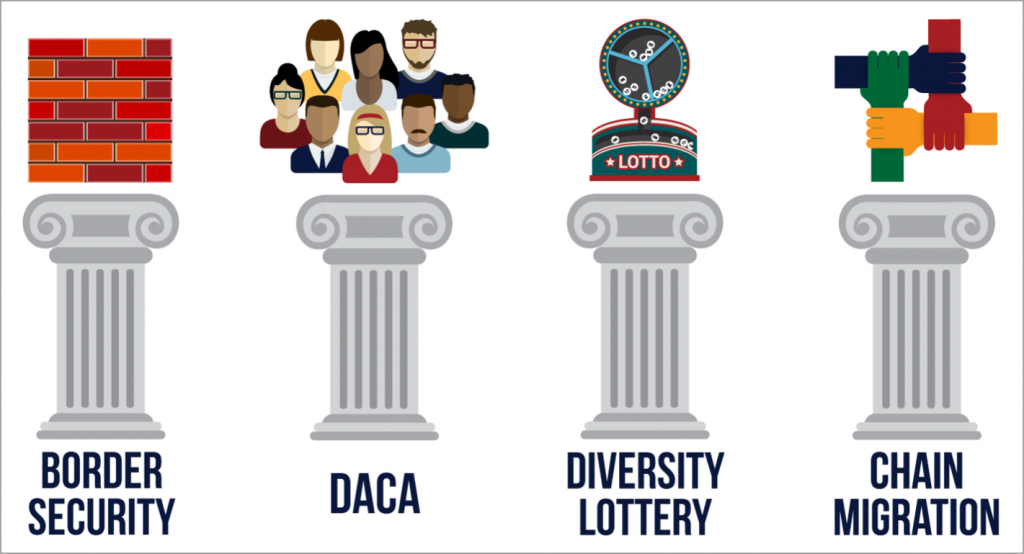
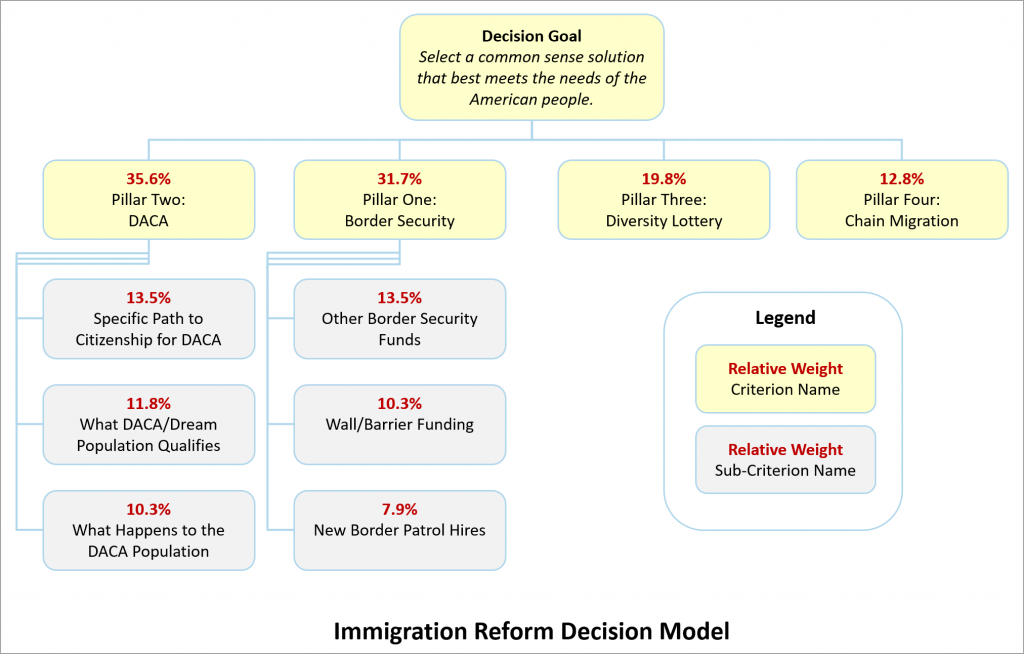


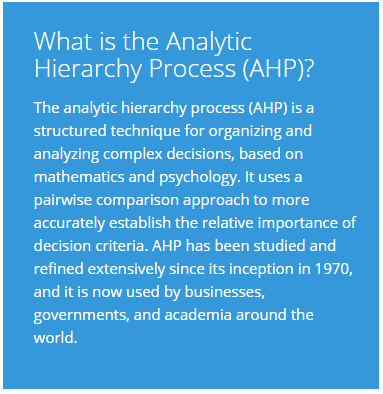 How to Share Your Judgments using our “Power Poll”
How to Share Your Judgments using our “Power Poll”